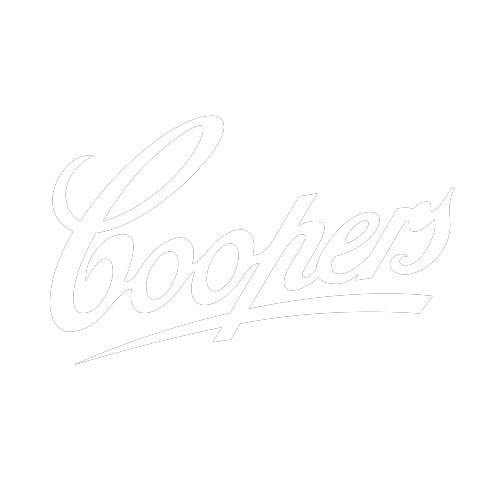Sarah Browne
Hand to Mouth
11 October–29 November 201411 Oct–29 Nov 2014
The IMA is pleased to present a solo exhibition by Dublin-based artist Sarah Browne. Her ongoing research into informal and subsistence economies forms the basis of this new body of work, Hand to Mouth. With a particular sensitivity to the historical relationship between the production of perishable textiles and invisible digital code, Browne’s point of departure is a series of iconic images of early-twentieth-century women from the Shetland Islands, knitting as they walk, carrying baskets of turf on their backs. These photographs are an unexpected antecedent to contemporary images of the multitasking, precarious labourer: hands knitting are now typically replaced by fingers typing or swiping touchscreens of mobile devices; surplus time is ruthlessly exploited, mentally and physically.
Using a smartphone as a kind of ‘participant-observer’ filming device, Browne worked in Shetland with cinematographer Kate McCullough and choreographer Fearghus Ó Conchúir to explore these ideas with a selection of women who work on the islands now. This film, titled Something from nothing (18 minutes, 2014), forms the central focus of the exhibition, and features a number of women, including a knitter (the fastest in the world), a photographer, a sex worker, a member of the youth parliament, and the artist herself. These individuals are variously self-employed, in education, working a number of different part-time jobs or have zero-hour contracts. They all actively cultivate an internet presence through personal and professional websites, blogs, and social media profiles, and this labour of managing the self online is key to their autonomy and ability to manage their work effectively. The film is monochrome, deliberately stylised, and moves from conventional observation into apparently more abstract passages, following the increasingly intangible tasks the women are engaged in, such as the labour of making representation (textual, imagistic, and political). The soundtrack to the film, composed by Alma Kelliher, uses techniques of pouring and knitting different sounds together to create the embodied rhythm of a contemporary ‘work song’.
Other works in the exhibition are made with a comparable modesty of means, including Hand to Mouth, a series of woven laser prints that materially combine archival images with online stock photographs, generating glitchy herringbone patterns. Reproductions are a new group of sculptural works, all of which involve latex casts of the walls, floor and cracks of the artist’s studio. These latex skins are peeled off and mounted on simple steel armatures, recalling washing lines, drying racks or stretchers. The uncanny materiality of these works implicitly evokes a connection or an equivalence between artistic and bodily (re)production.
Curated By
- Aileen Burns and Johan Lundh



